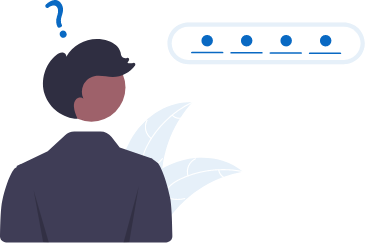SaaS takes advantage of cloud computing infrastructure and economies of scale to provide customers a more streamlined approach to adopting, using and paying for software. All SaaS applications share the following characteristics:
SaaS applications are built to be hosted on the cloud. The SaaS software vendor can host the application on its own cloud infrastructure or with a cloud service provider (such as Amazon Web Services (AWS), Google Cloud, IBM Cloud or Microsoft Azure). Hosting with an established cloud service provider enables the SaaS provider offer the scalability and global accessibility some customers may require.
SaaS applications are accessible to any customer with an internet connection and an internet-connected end-user device (e.g. a computer, mobile phone or tablet). SaaS applications typically run in any web browser; on mobile devices, SaaS applications may run more effectively on (or may require) a mobile or tablet app. A few SaaS applications, such as Adobe Acrobat, may offer or require a dedicated thin client that users download and install on their computers.
SaaS applications exploit multi-tenant architecture, in which a single instance of the application serves every customer. For security and data privacy, each customers’ application data, user data, system data and custom configurations are segregated from those of other customers.
Perhaps most important, SaaS applications require little to no management and zero maintenance from the customer. The SaaS vendor is responsible for
- Provisioning, managing and maintaining all the servers, networking equipment, storage hardware and operating software required to run the application
- Applying feature fixes and security patches as needed
- Providing load balancing, redundant infrastructure, data backup, cloud security and disaster recovery services to prevent outages and meet the performance, availability and data protection standards specified in the service level agreement (SLA).


